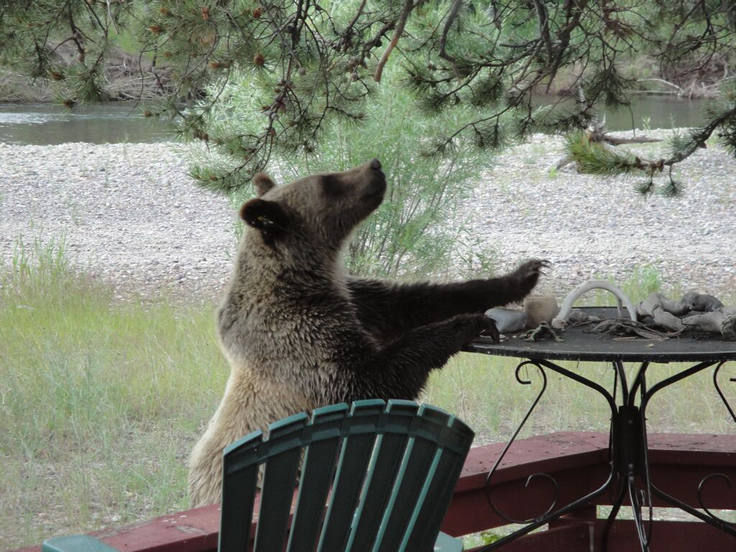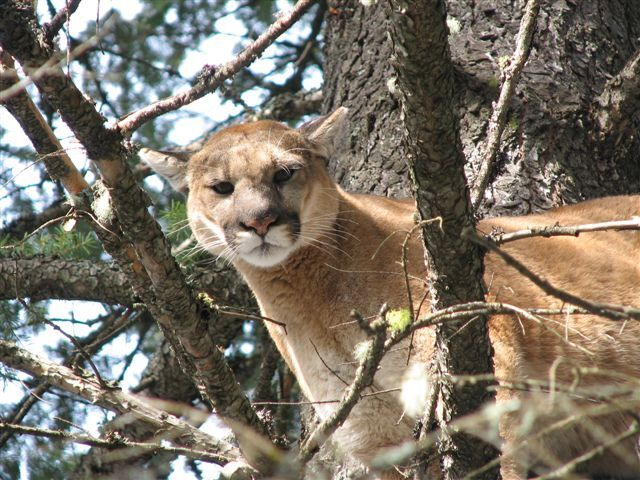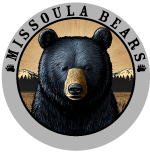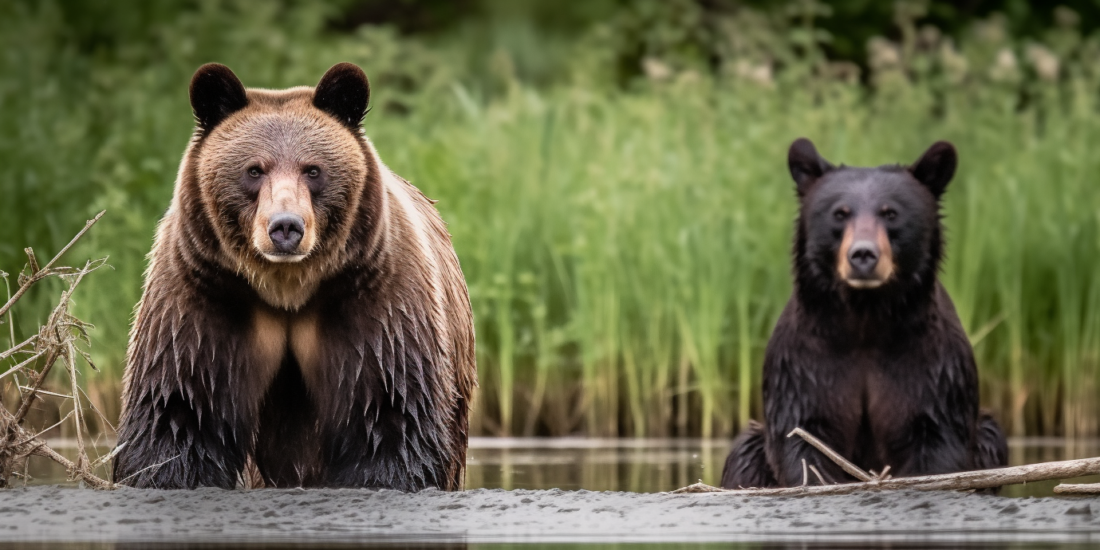Be Bear Aware
Explore our Be Bear Aware Education Resources for bear safety tips, behavior insights, and responsible management practices. Protect wildlife, minimize conflicts, and stay safe in bear country.
Bear Identification
Discover the Distinctions between Grizzly and Black Bears.
Attractants
The presence of human-related attractants that bears can eat include, but are not limited to:
- Bird Feeders
- Tree Fruits, Gardens, and Compost
- BBQs, Coolers, and Vehicles
- Livestock, Poultry Feed, and Pet Food
- Garbage






Avoid Food-Conditioning Bears
Bears that become used to being around people may be called “habituated”. Bears that receive “food rewards” like garbage or birdseed can become “food-conditioned” which may lead to their removal. They may exhibit behaviors like:
- Walking on porches
- Frequenting residences and on occasion entering buildings
- Entering cars
- Show a lack of response to human activity
- Causing property damage

By securing attractants on your property, you can keep bears wild and improve the safety of both bears and people.
Certified Bear-Resistant Products
The Interagency Grizzly Bear Comittee maintains a list of certified bear-resistant products, including coolers, backpacking containers, panniers, and garbage containers. Visit IGBC's website for the latest Certified Products List.
What You Can Do

- Be Bear Smart: Learn about bear attractants and how to manage them.
- Share and Educate: Raise awareness and promote responsible bear attractant practices by sharing educational resources and safety tips with others.
- Get Involved: Participate in community outreach and education programs, and support local conservation organizations and initiatives. Report sightings.
Want To Know More?
Check out these resources
Interagency Grizzly Bear Committee

Montana Fish, Wildlife & Parks

National Park Service

US Fish and Wildlife Service



